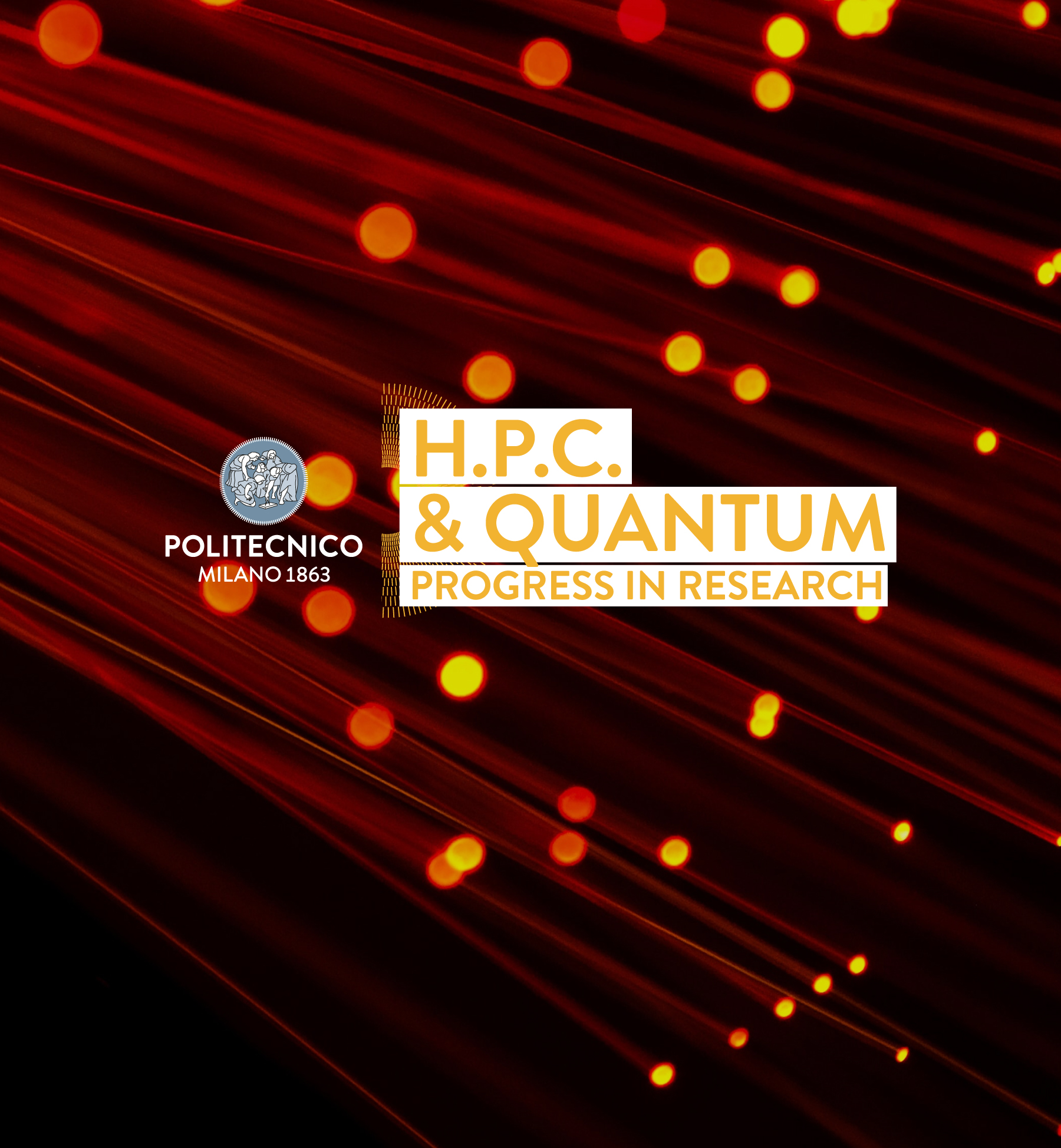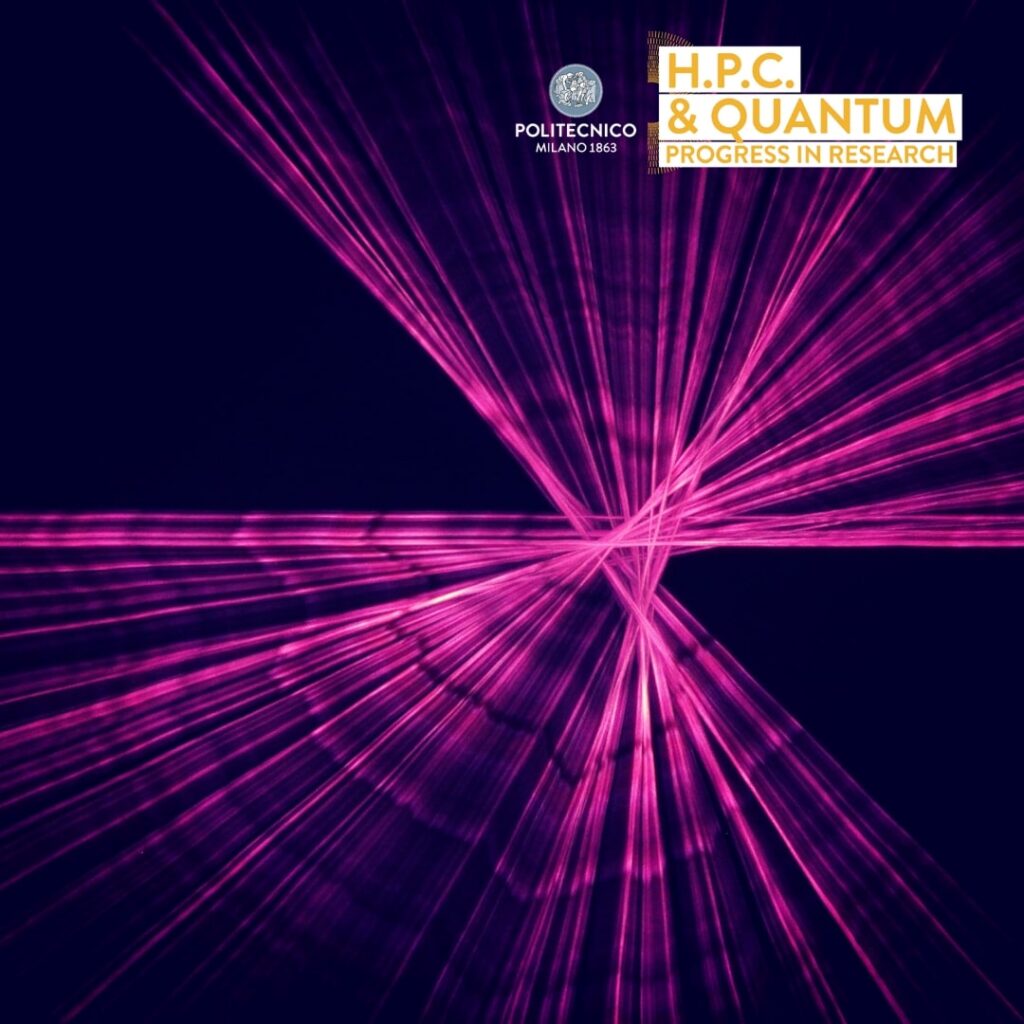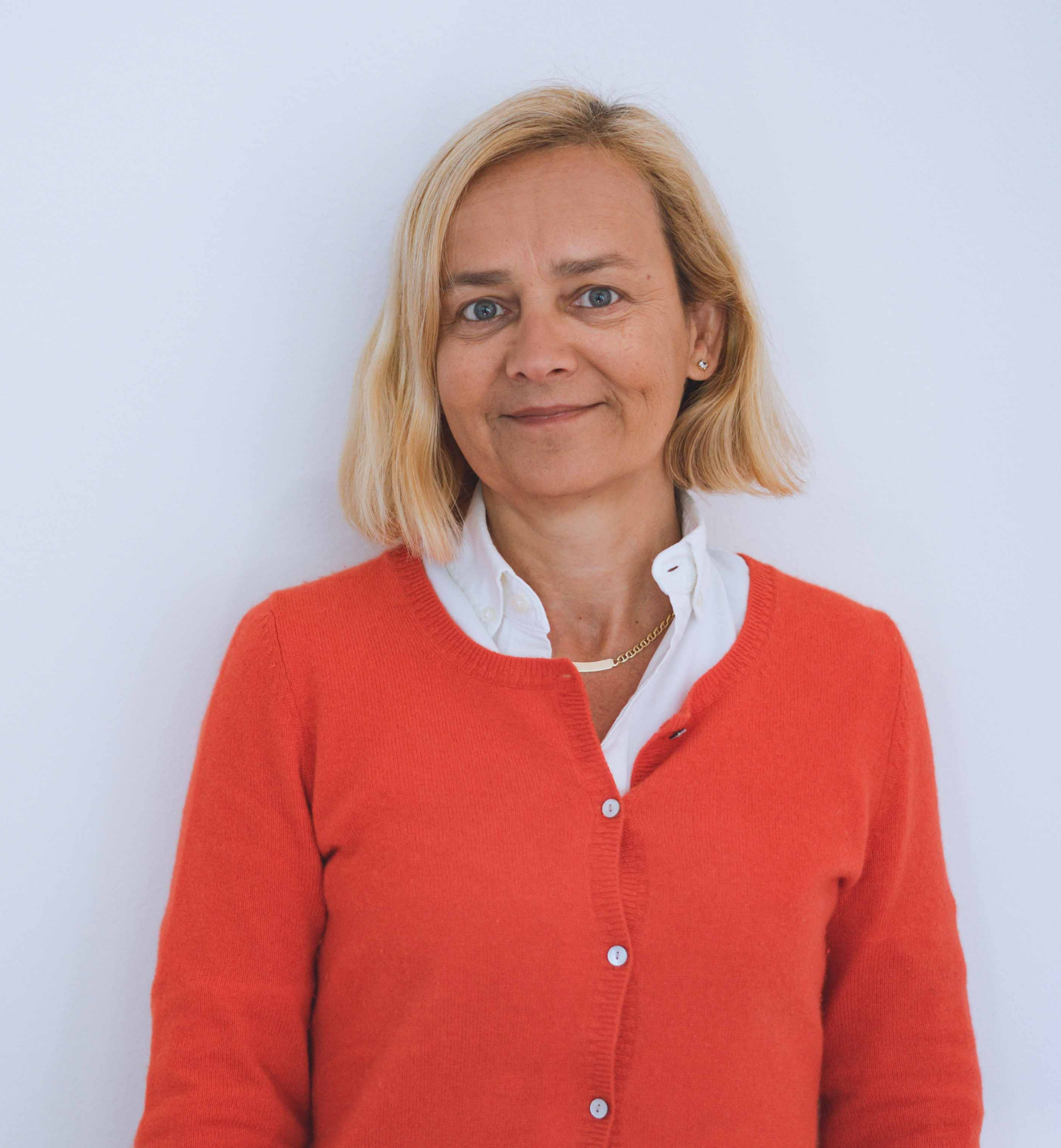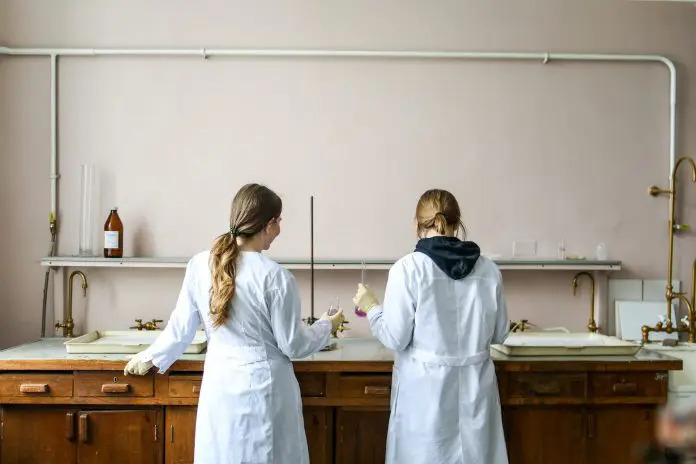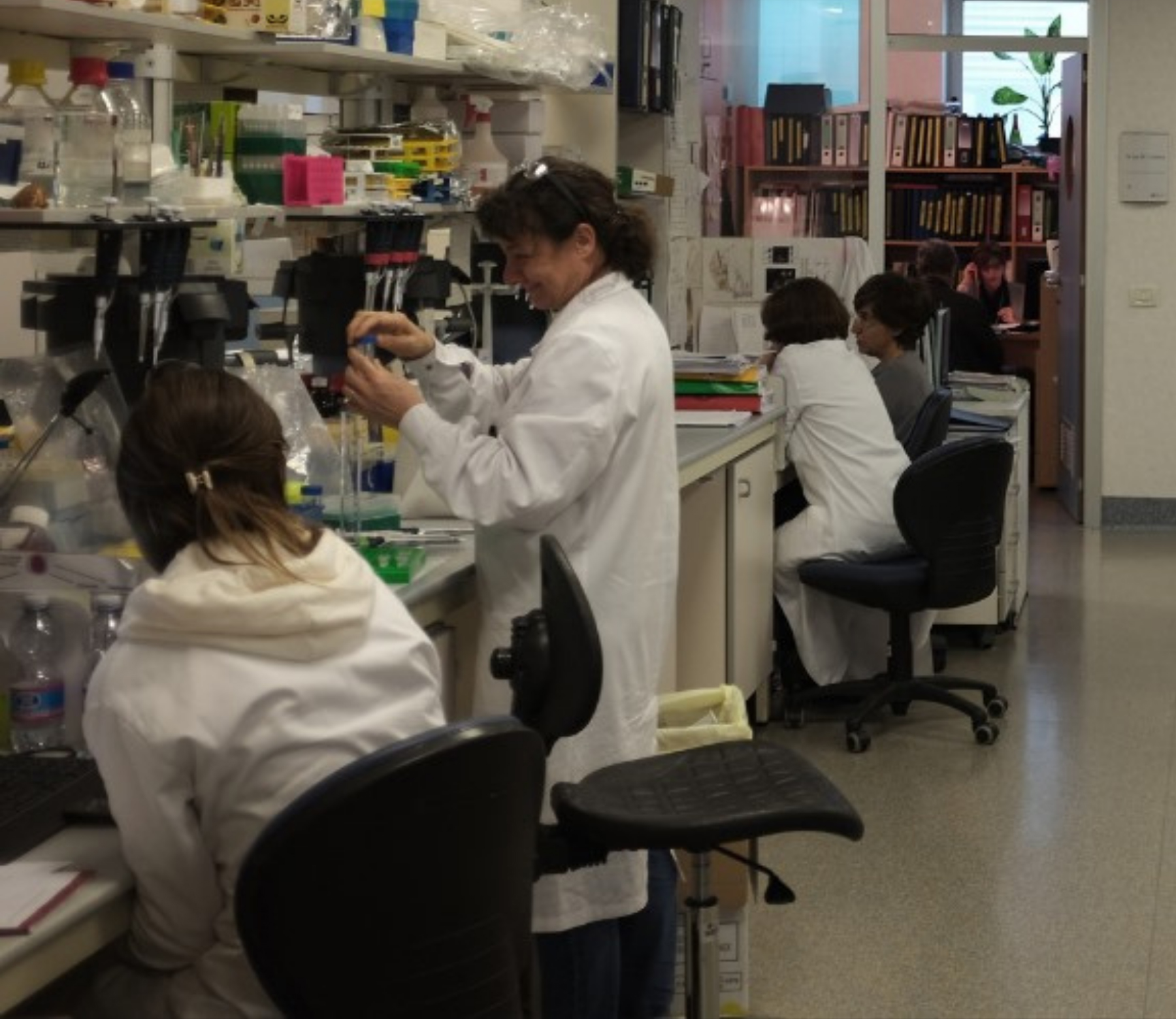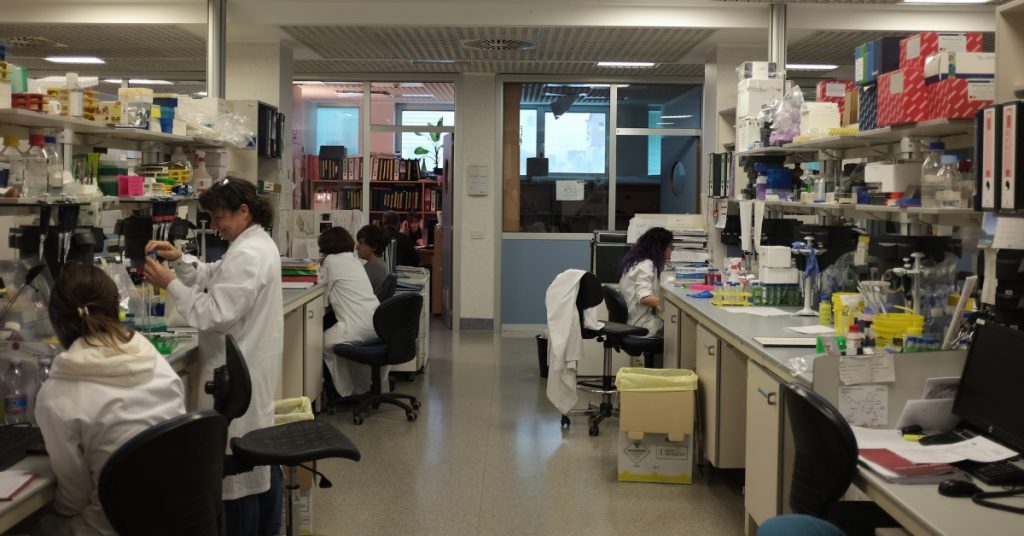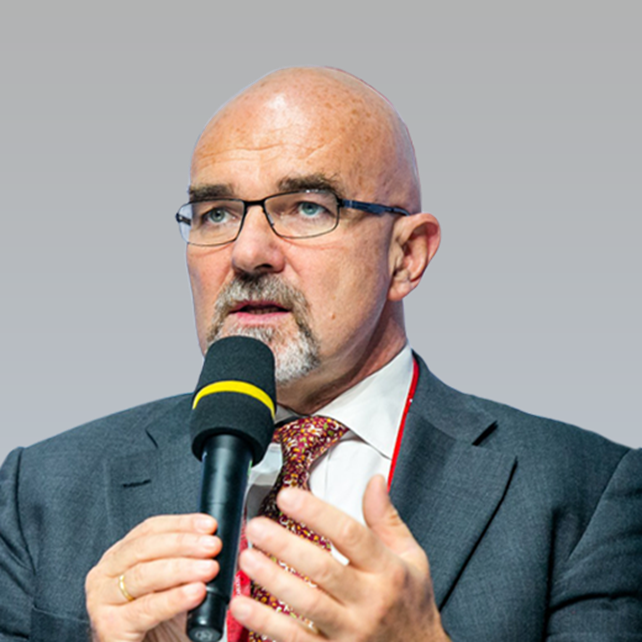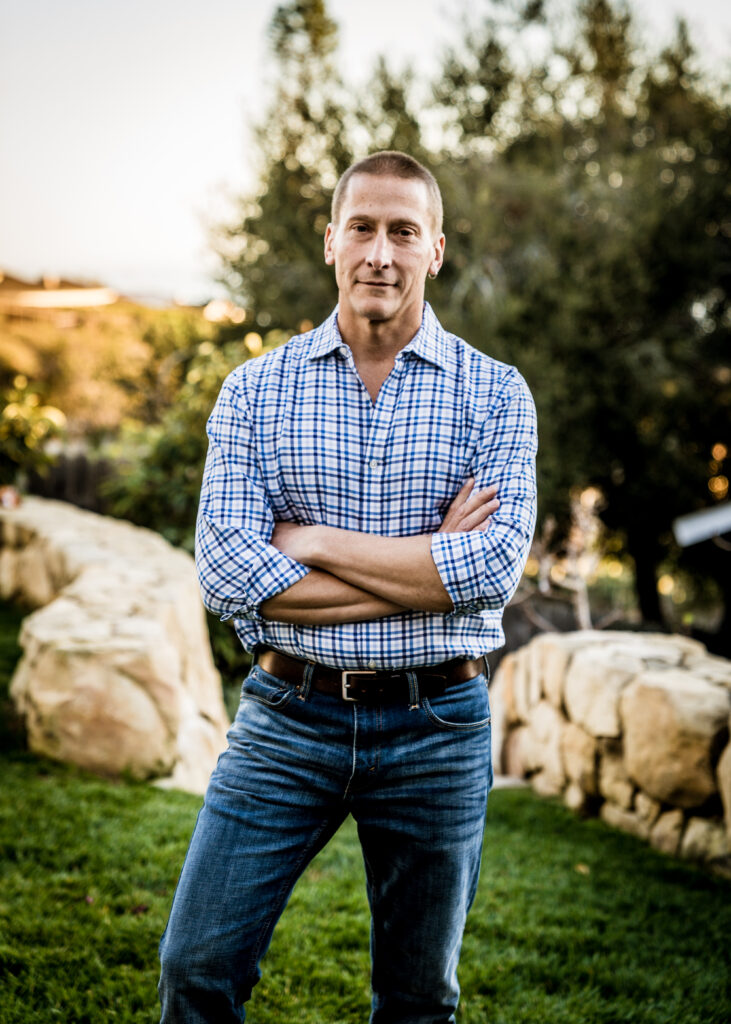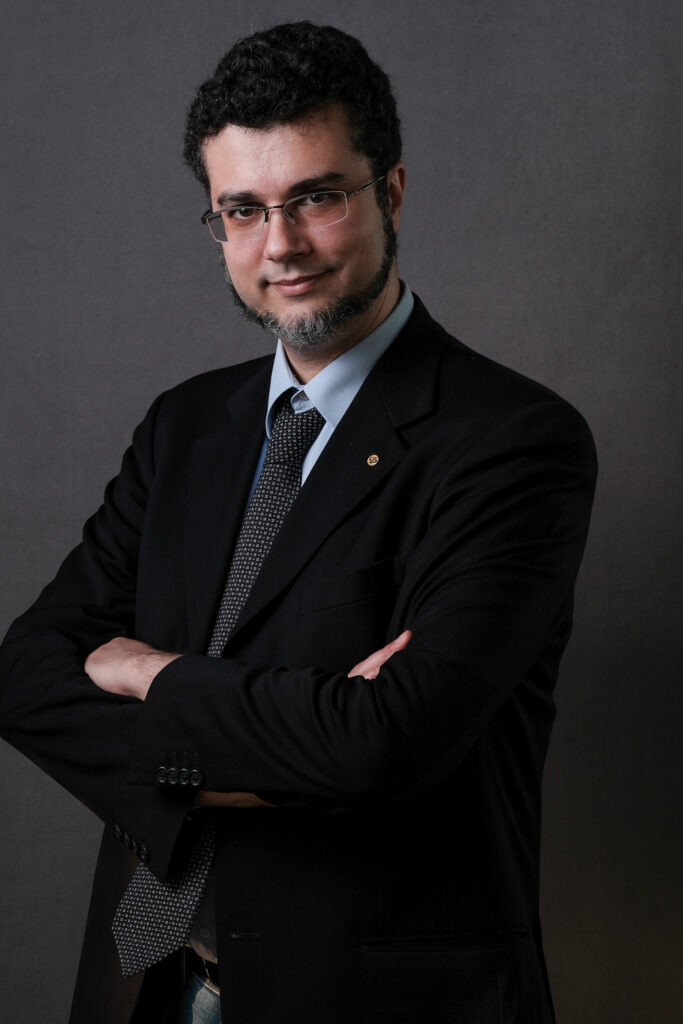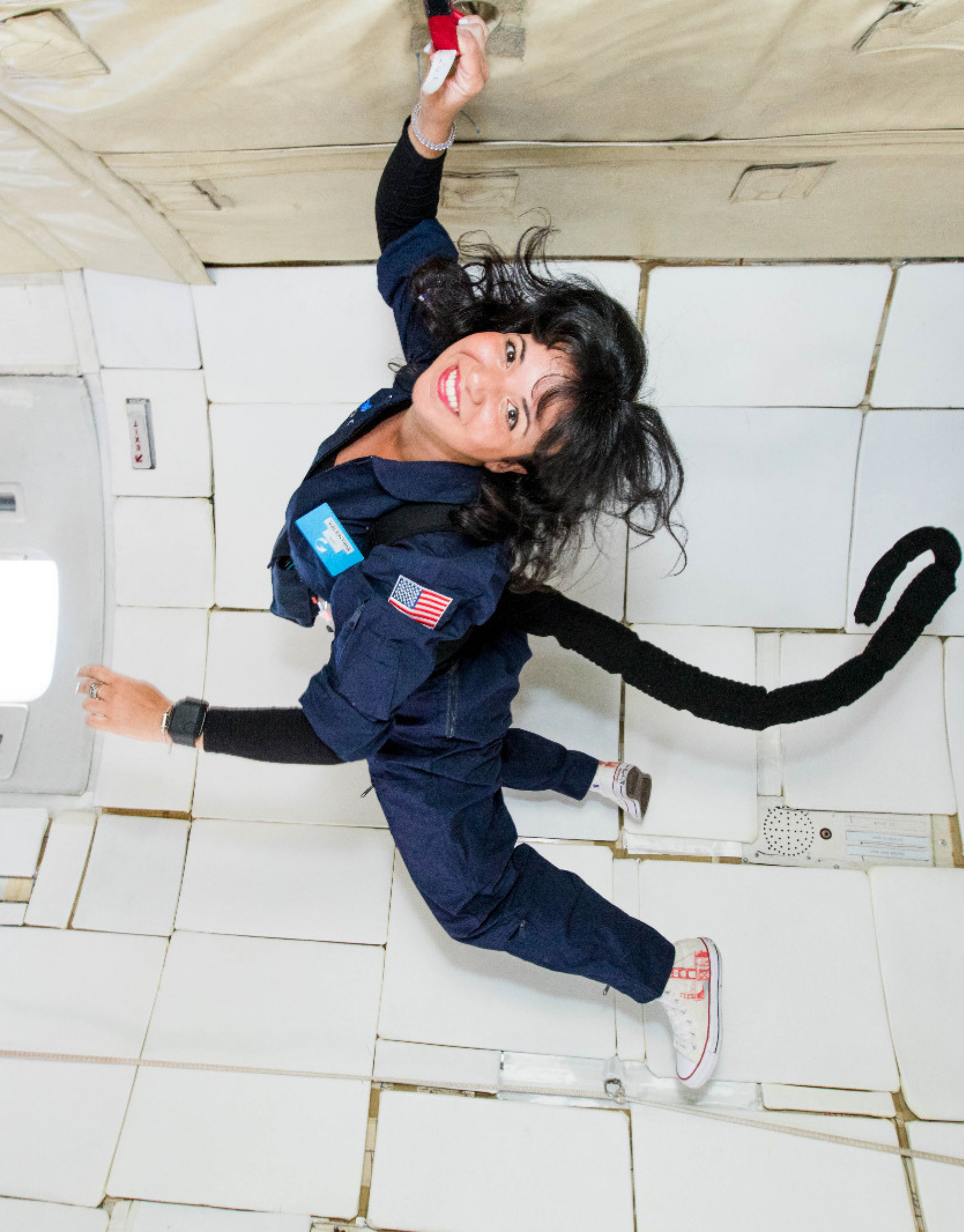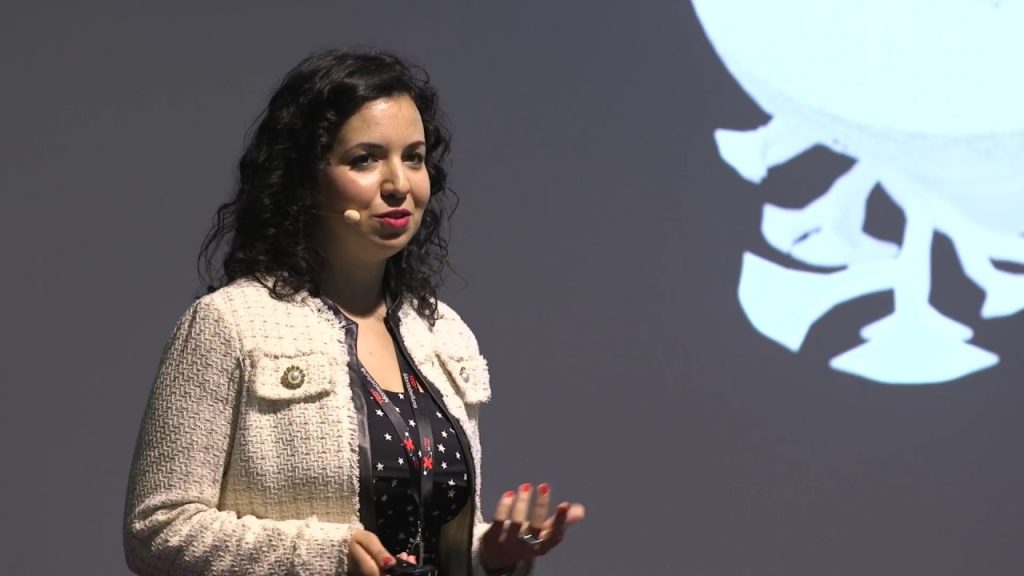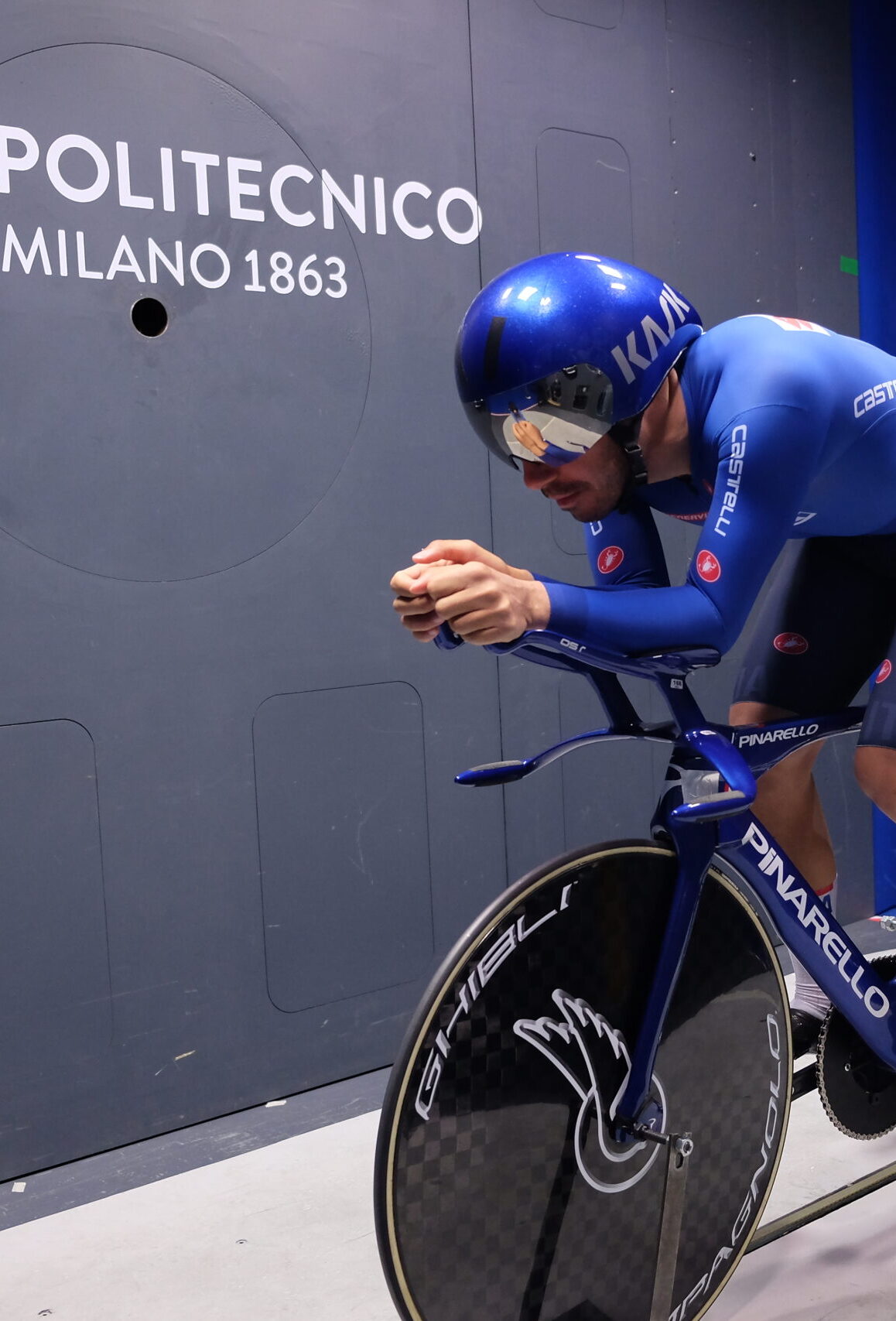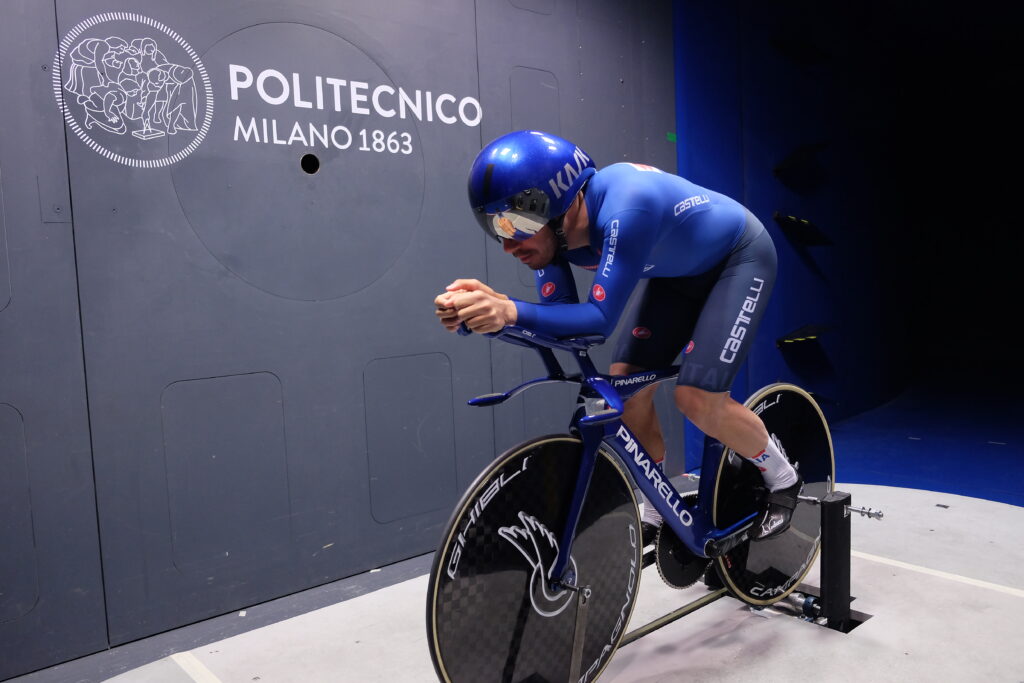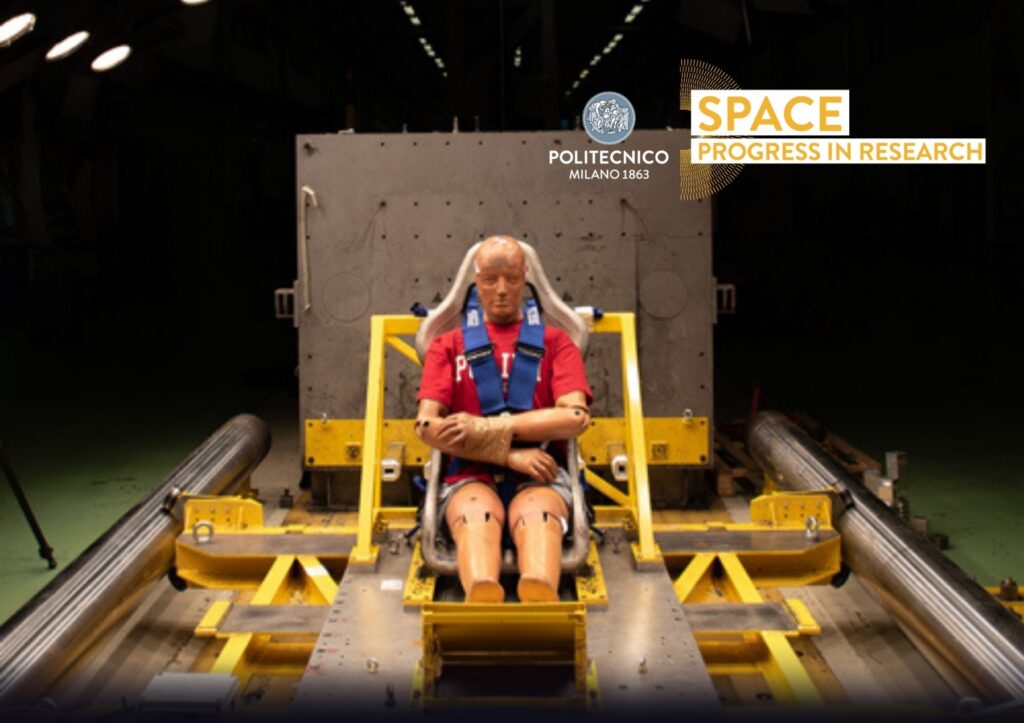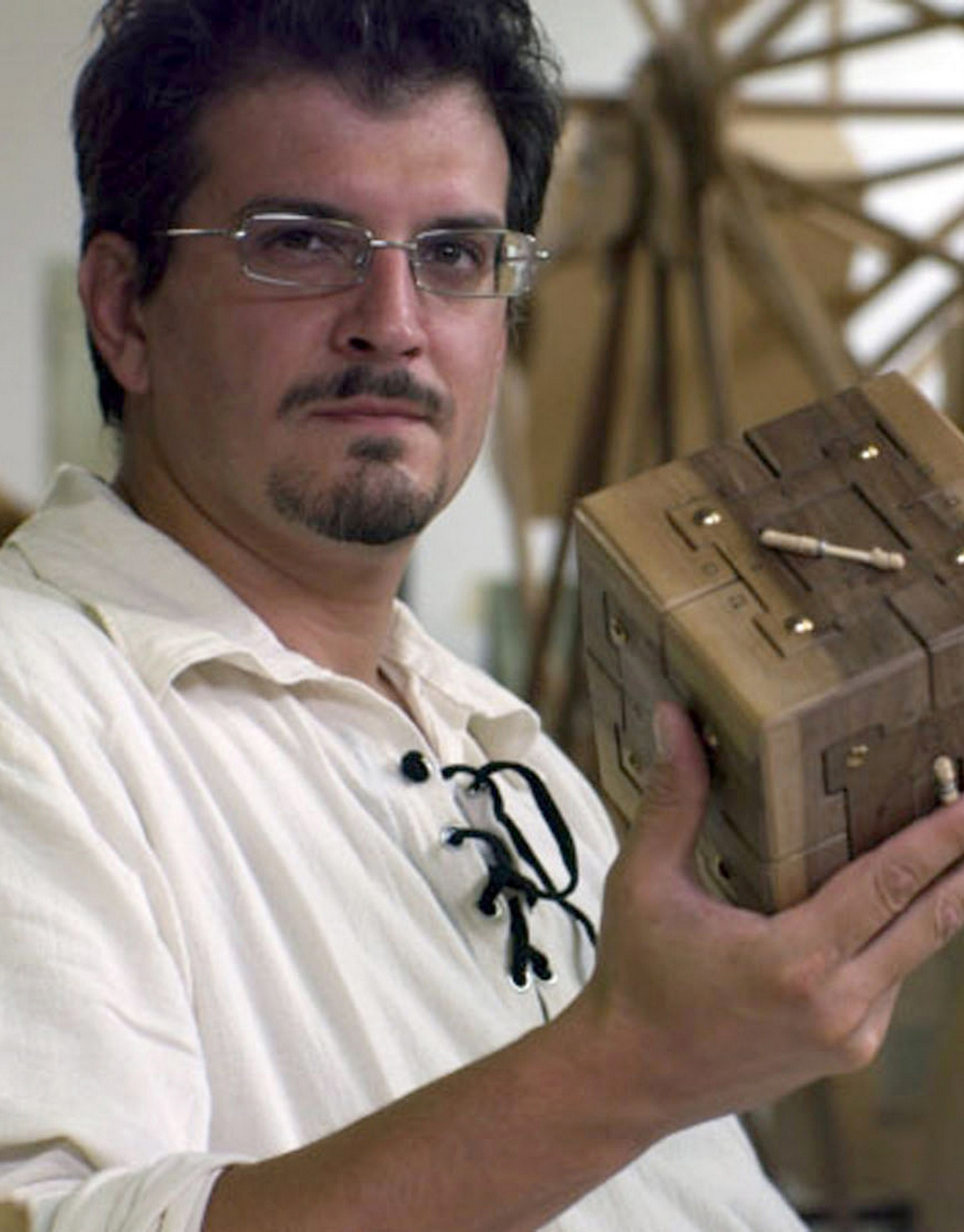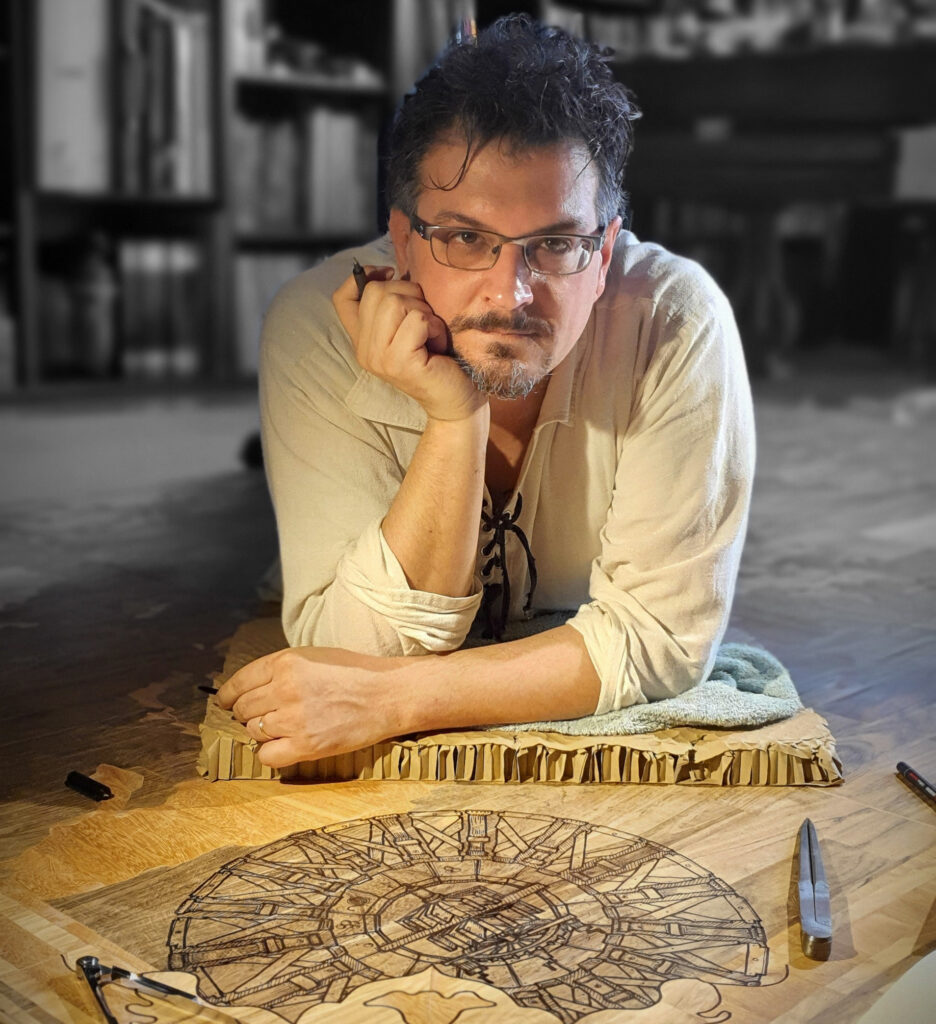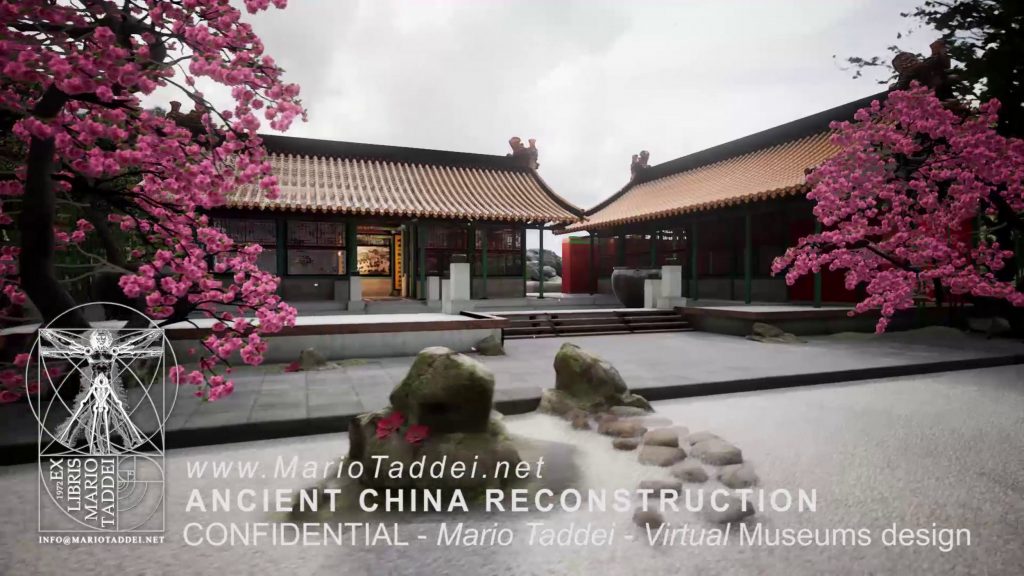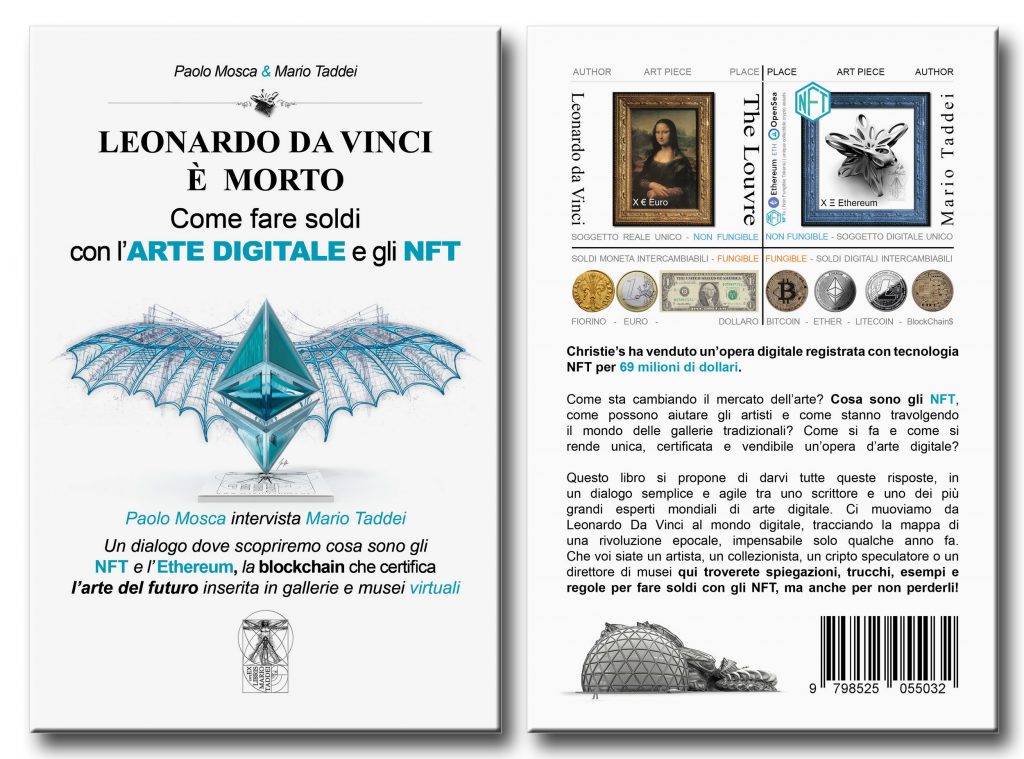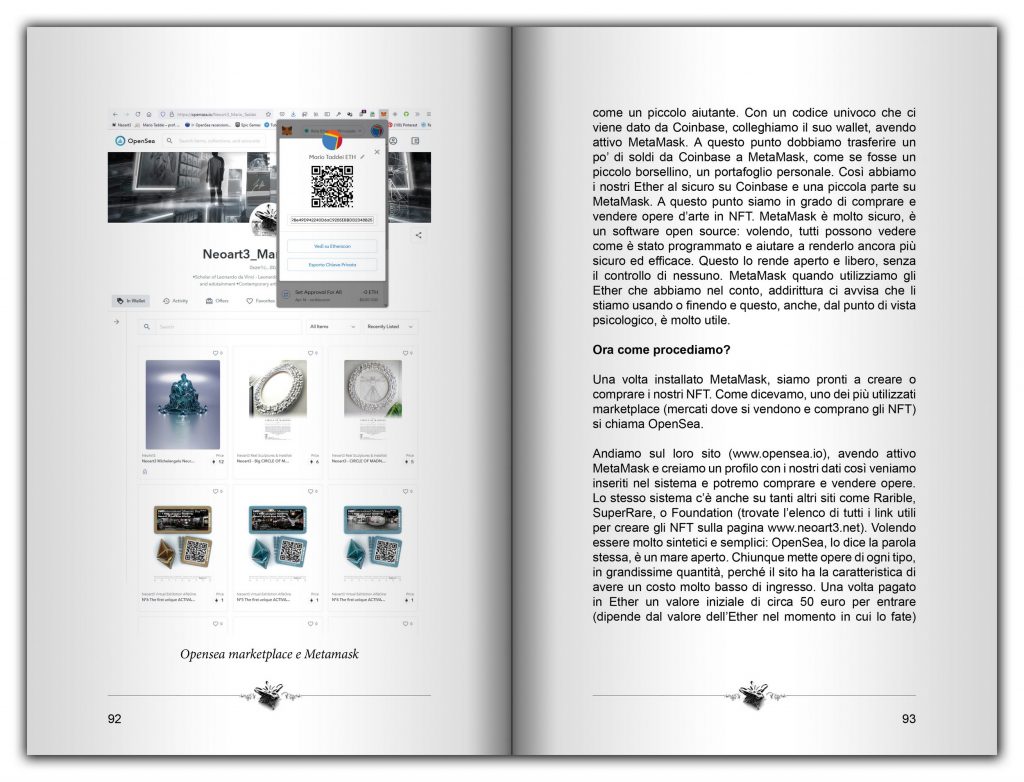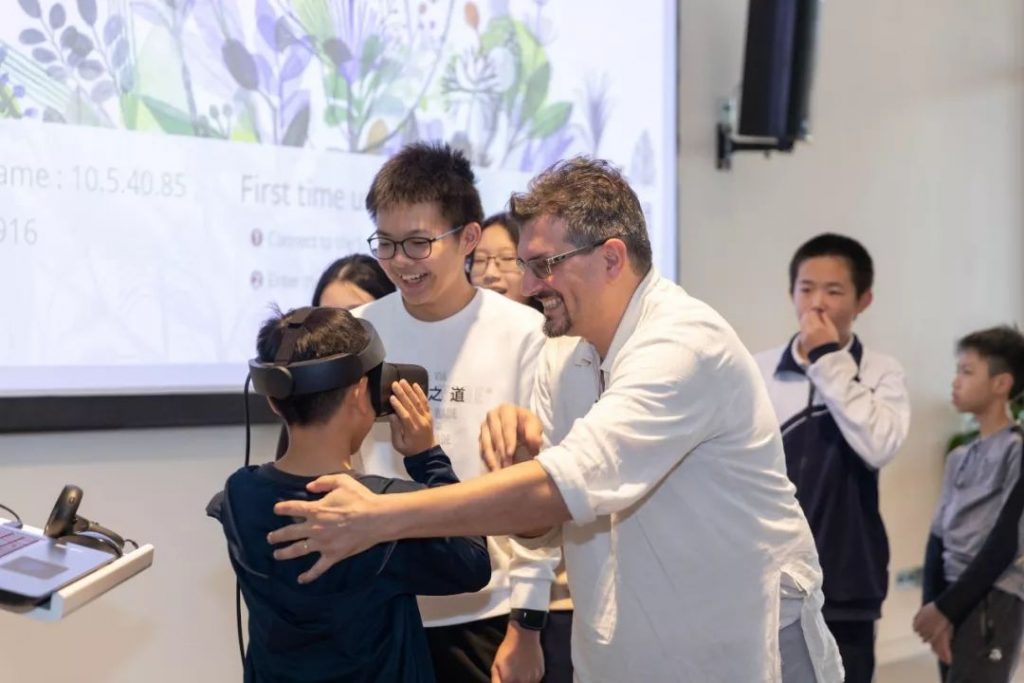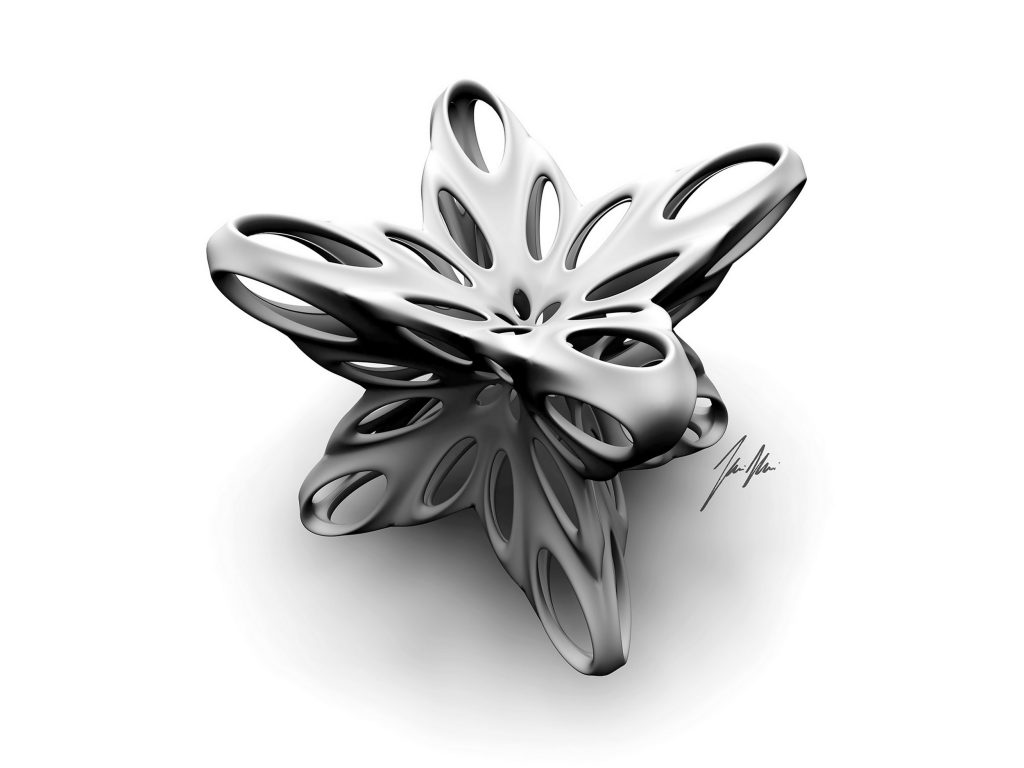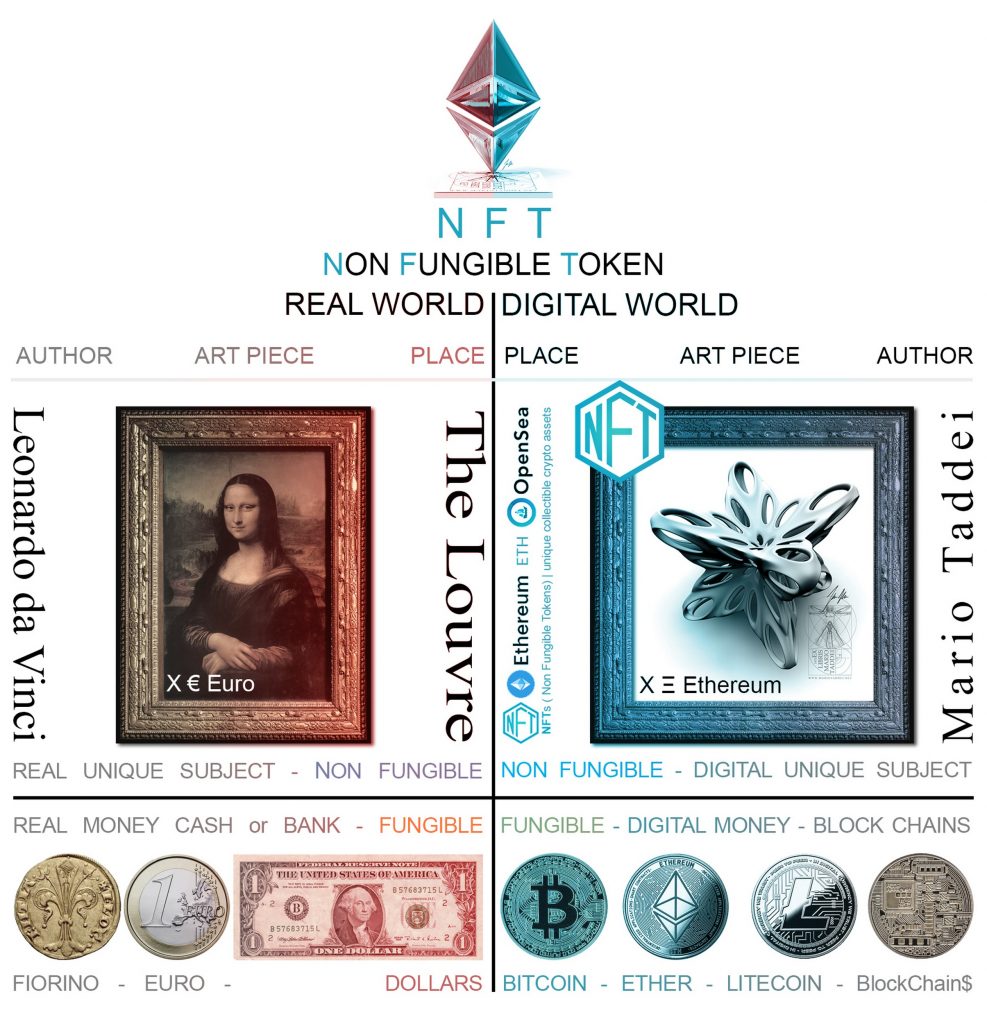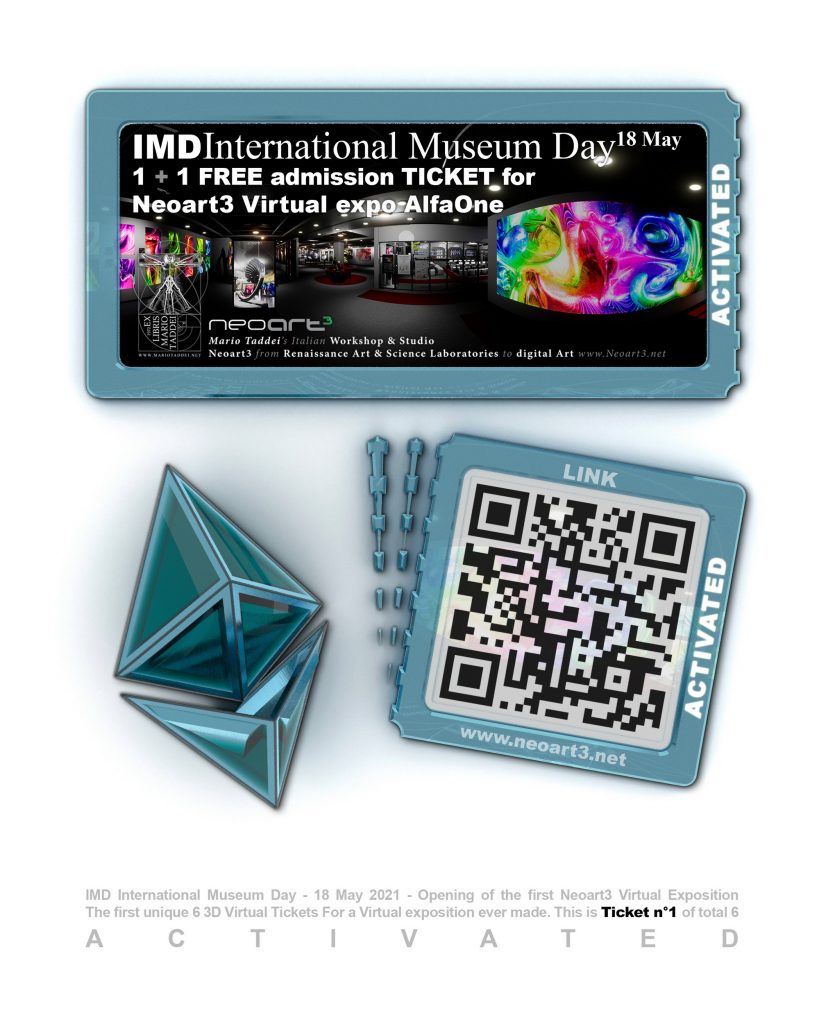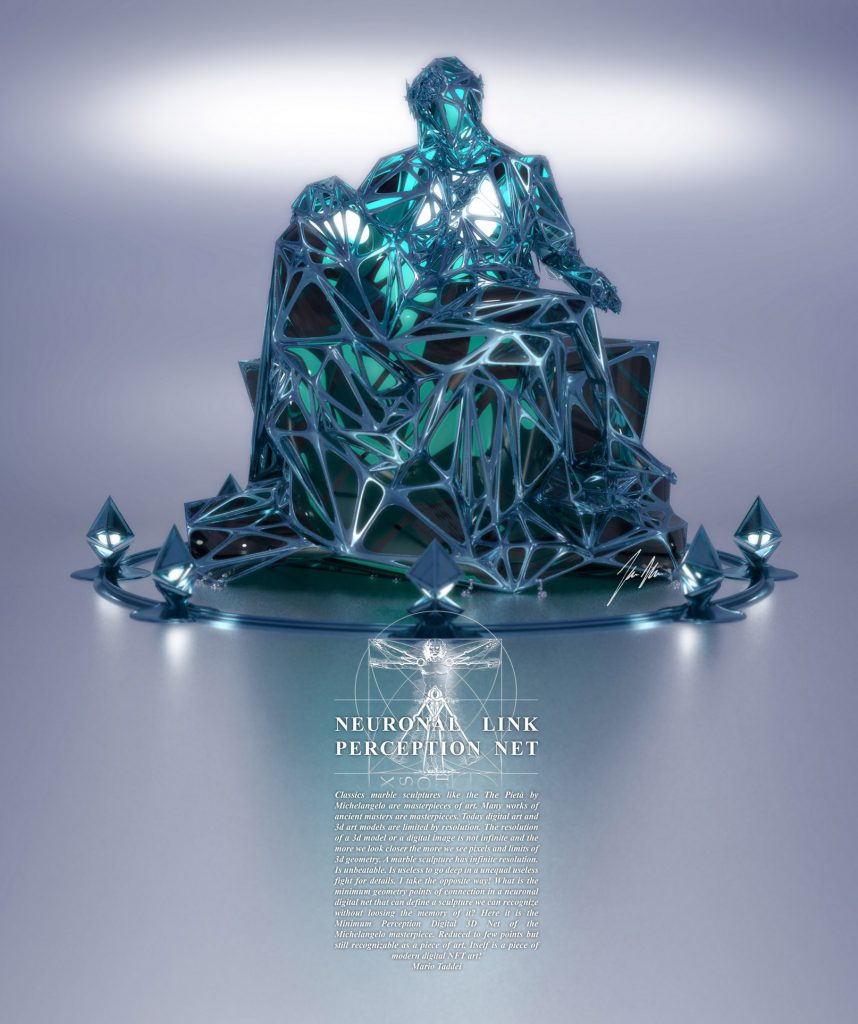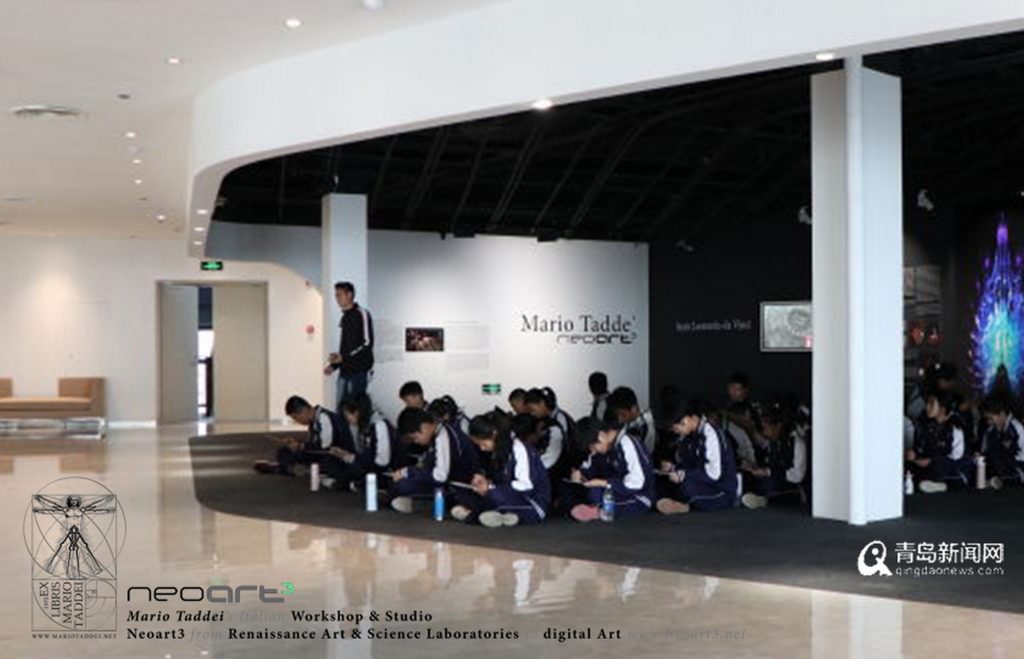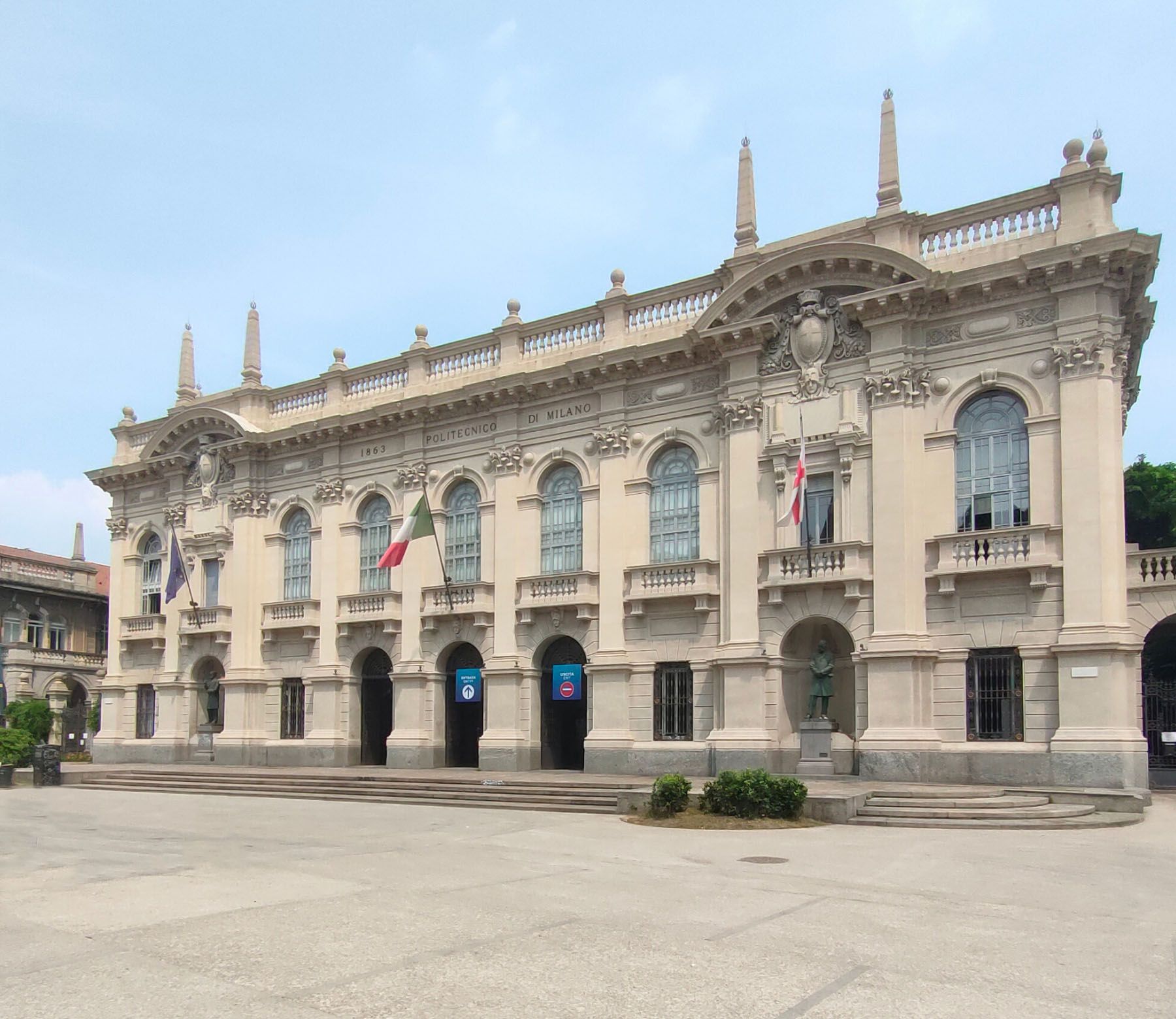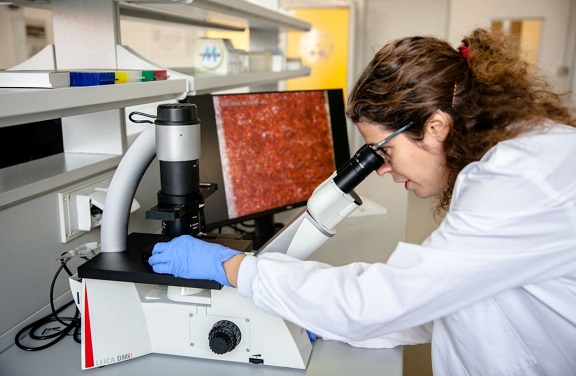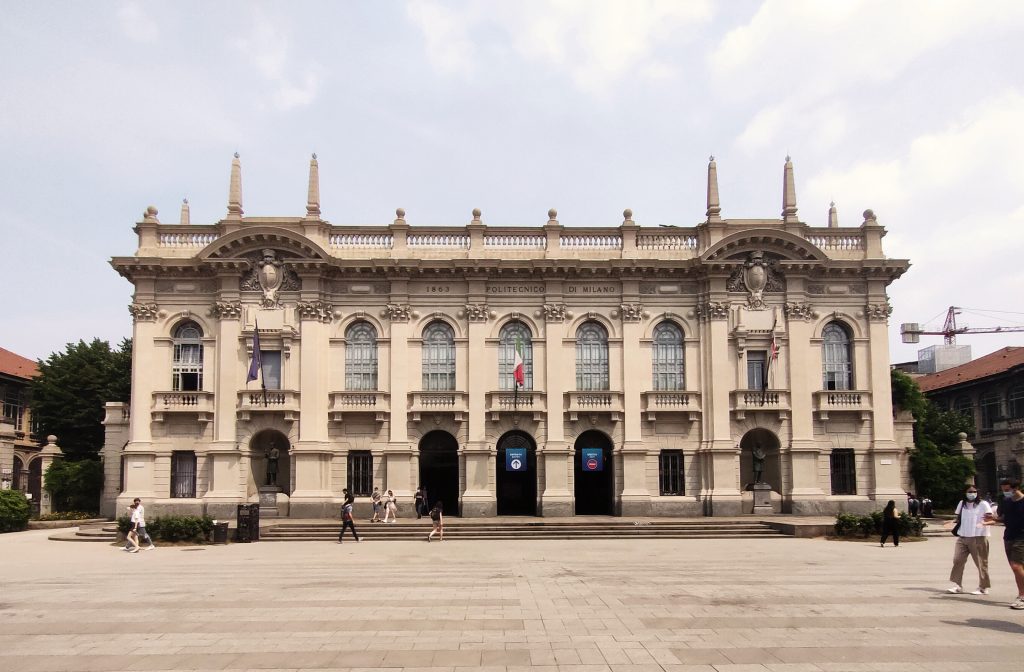To find effective solutions, you must first ask yourself the right questions. It is a lesson that the Polytechnic has handed down from generation to generation and it is particularly important today that we are facing the challenges of climate change, an unprecedented crisis that involves the whole world and whose urgency cannot be postponed.
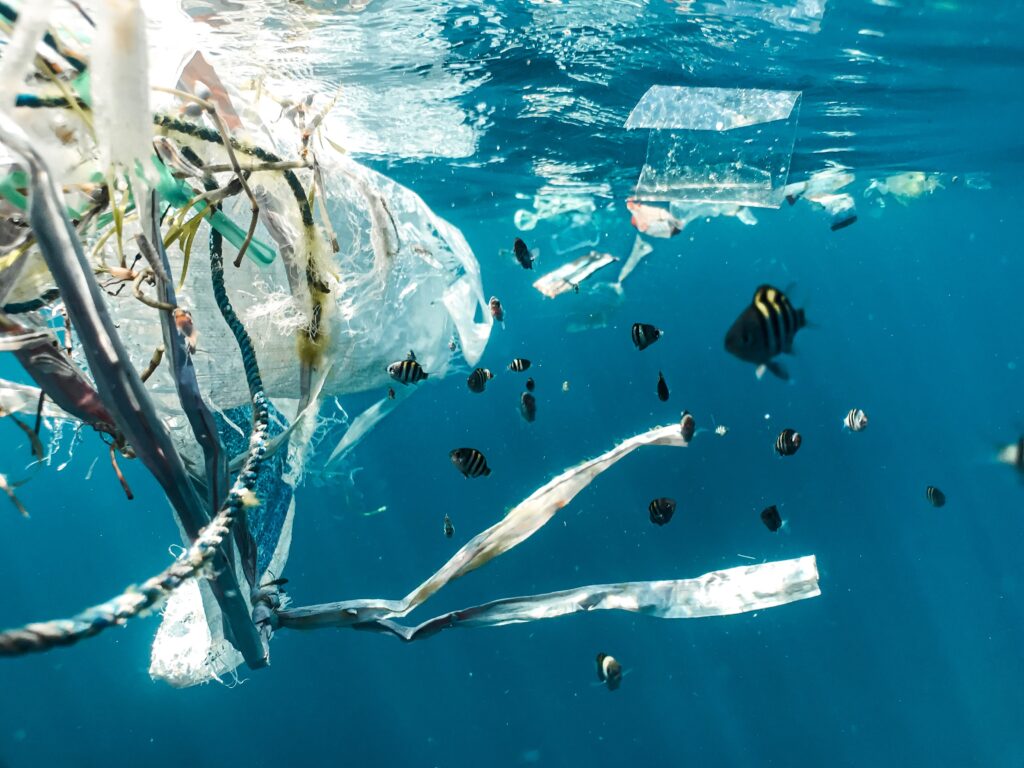
We are the last generation to be able to do something to save the planet: the United Nations will talk about it , together with young people from all over the world, during COP26, the 26th United Nations Climate Change Conference , to be held in Glasgow from 31 October to 12 November 2021 under the presidency of United Kingdom, in collaboration with Italy.
ITALY'S ROLE
Our country, and in particular Milan, will host the preparatory events for the Conference, namely the Pre-COP summit , a fundamental event to discuss the most critical political aspects in view of the COP negotiations, and the Youth4Climate 2020: Driving Ambition , an opportunity for all young people to propose concrete ideas and proposals on the hot topics of the climate change agenda.
In preparation for these important events, the Ministry for Ecological Transition has launched the All4Climate initiative, which will give rise to events and discussions throughout Italy on the topic of climate change from 28 September to 2 October.
Politecnico di Milano is a key partner of this project through the Italy Goes Green initiative, which has the aim of identifying stimulating themes and questions for the reflections and discussions of politicians and decision makers on climate change issues , directing them towards sustainable and inclusive reflections and the promotion of tangible actions that give life to the radical change necessary to realize all the "potential" of the Paris Agreement .
ITALY GOES GREEN
The initiative Italy Goes Green fits into this context and is the result of the collaboration between Officine Italia, Vodafone Italy and Milan Polytechnic. It has the ambition to involve all Italian citizens in the discussion on the fight against climate change, with the aim of formulating 10 transformative questions to be delivered to the Italian delegation that will take part in COP26 .
Anyone can ask decision makers questions about sustainability challenges simply by logging on to the site www.italygoesgreen.com . The ideas thus collected will be at the center of the event scheduled for 1 October at the Vodafone Theater in Milan, during which 50 young people will be asked to summarize the ten questions confronting the institutional and business world .

THE APPEAL TO OUR ALUMNI
The challenges of sustainability touch on issues closely intertwined with the work of Alumni: land use and agriculture, smart cities and buildings, mobility infrastructures, manufacturing industry and industry 4.0, biodiversity, energy, circular economy and waste management, health and well-being, education, green finance and investments.
It is important that the Alumni of the Politecnico actively participate in the formulation of the questions, presenting them on the website www.italygoesgreen.com by September 15th , to bring your technical, scientific, cultural and managerial experience to the table on strategic issues in the fight against change climatic.
The challenge of climate change and a just transition to new patterns of production and consumption is as urgent as it is extremely complex. Only by asking challenging questions to ourselves and to decision makers we can find the right paths together to tackle the issue. I believe that the Polytechnic and its Alumni have a moral duty to contribute to this challenge to ensure a sustainable future for the next generations. The skills that the Politecnico and its Alumni can put into play are fundamental to participate in the dialogue on climate change in a scientific and proactive way.
Prof. Raffaella Cagliano, Deputy Director of the Department of Management Engineering, coordinator of the project for Politecnico di Milano.



